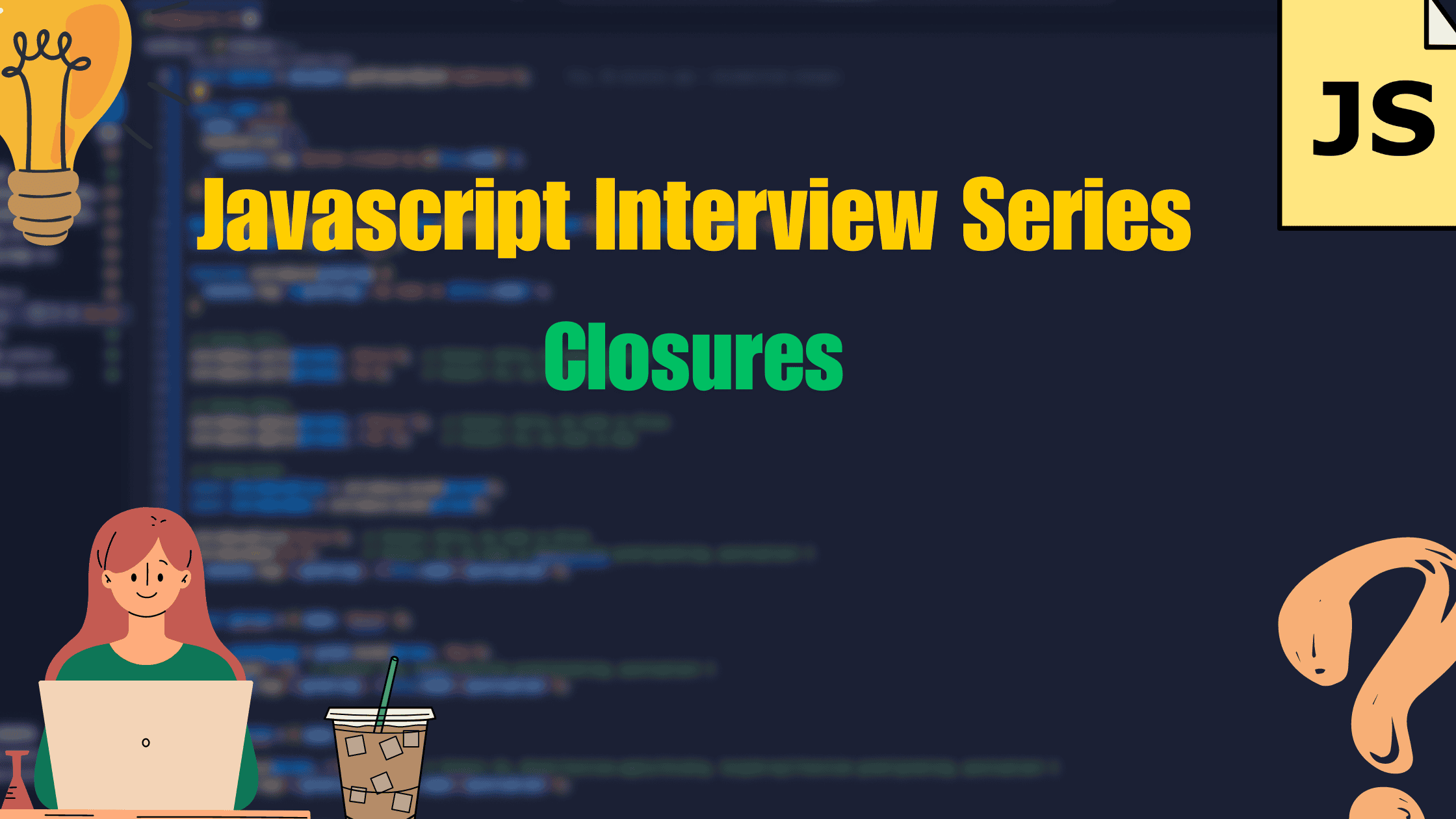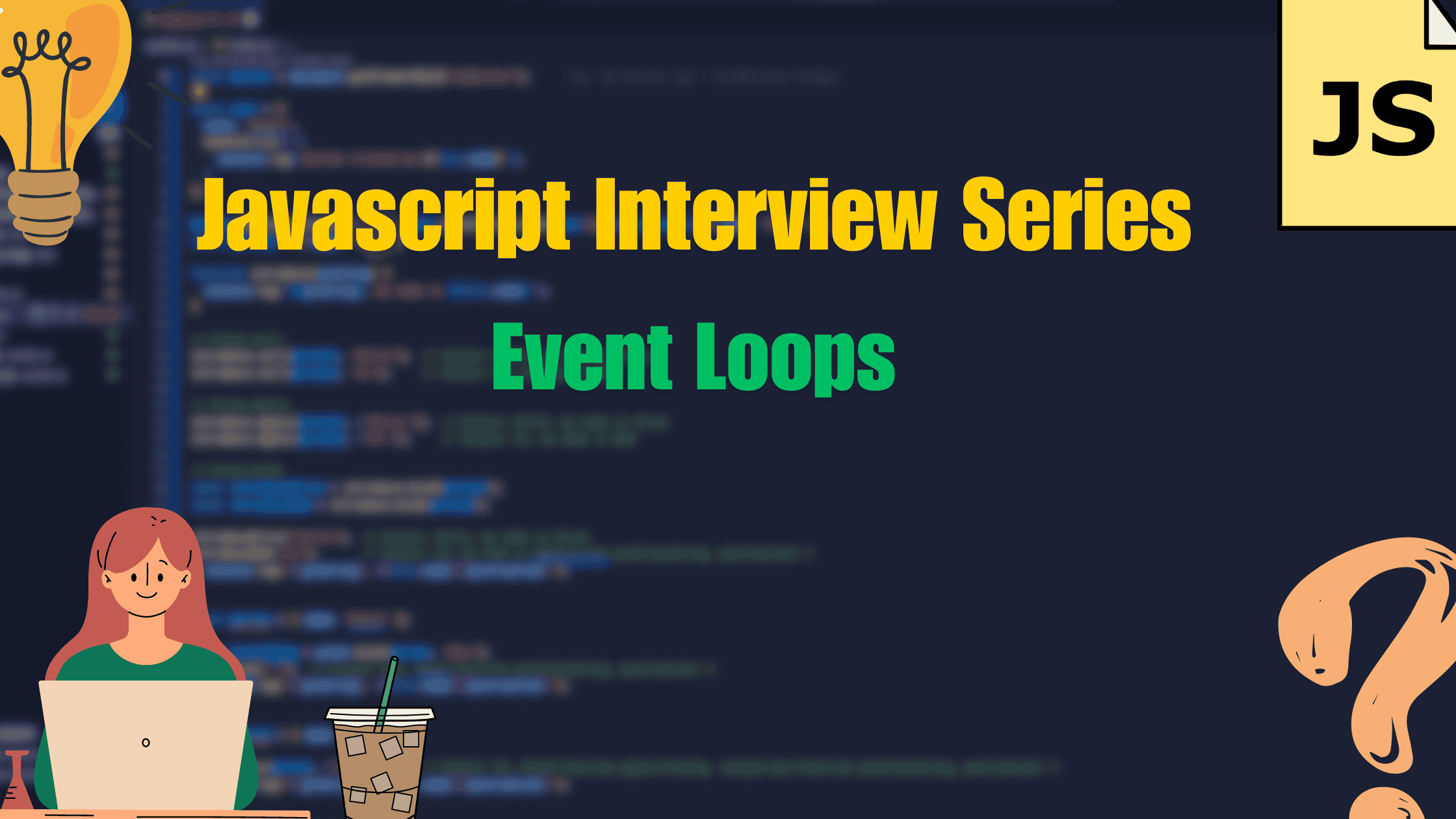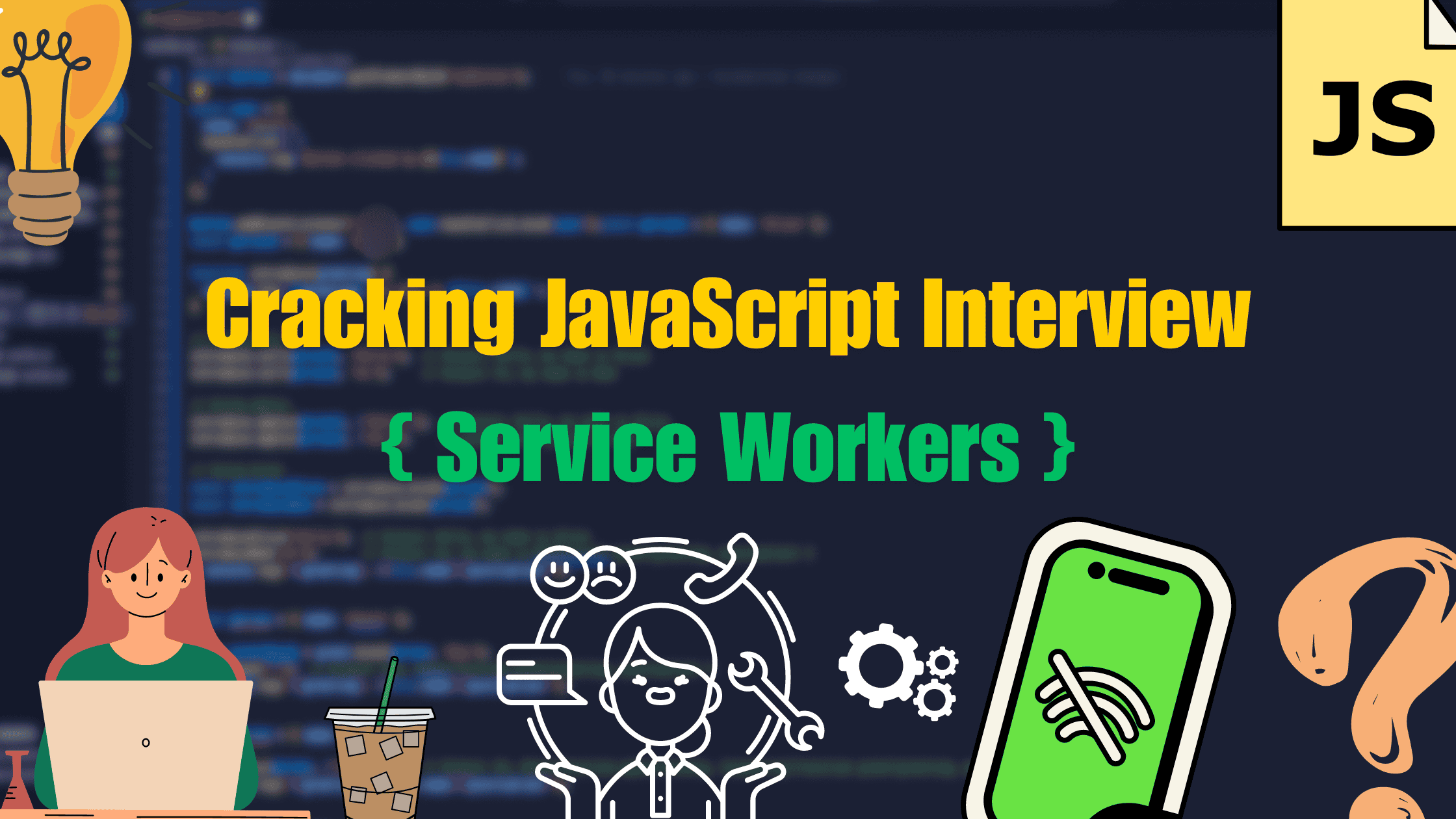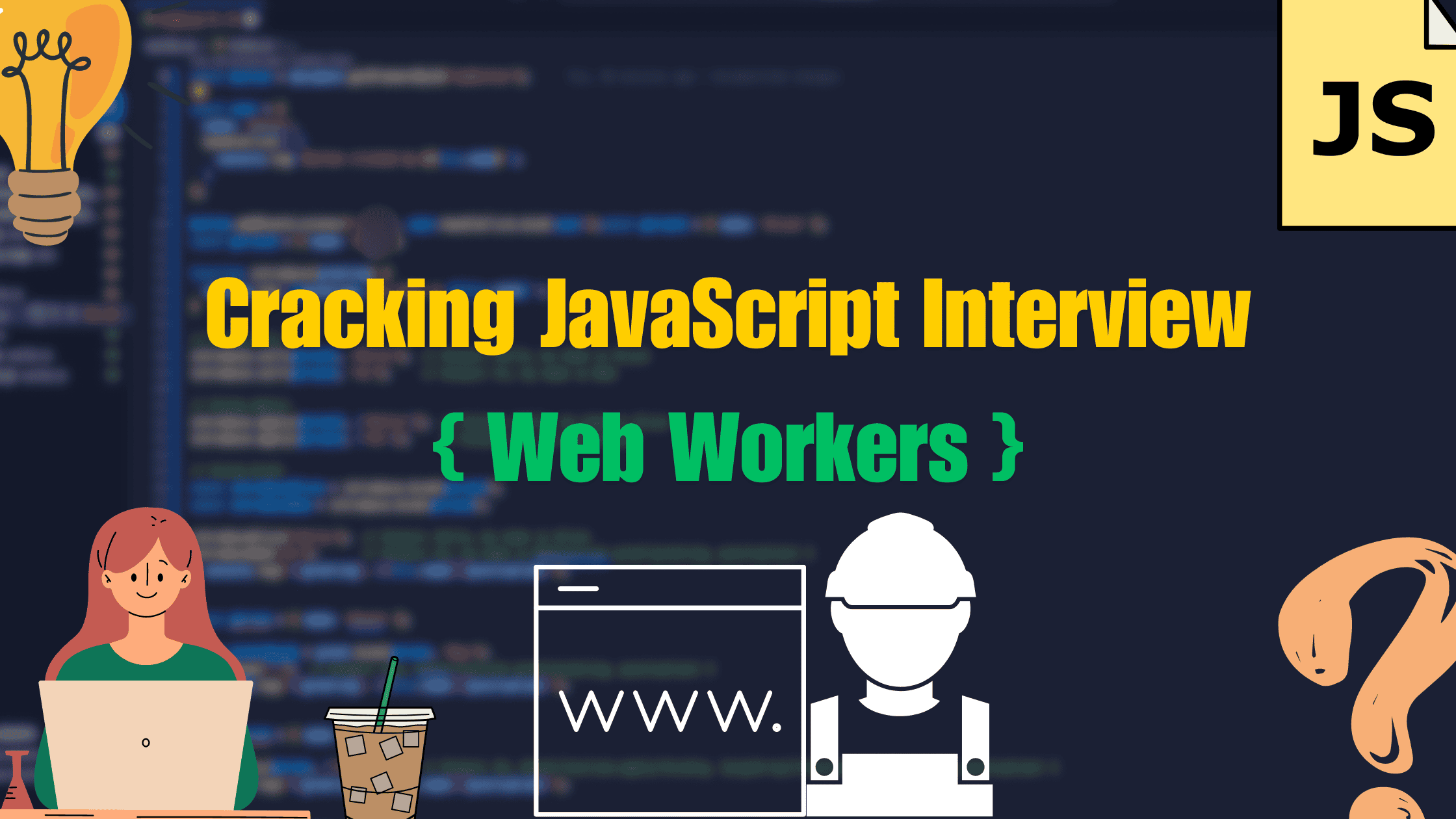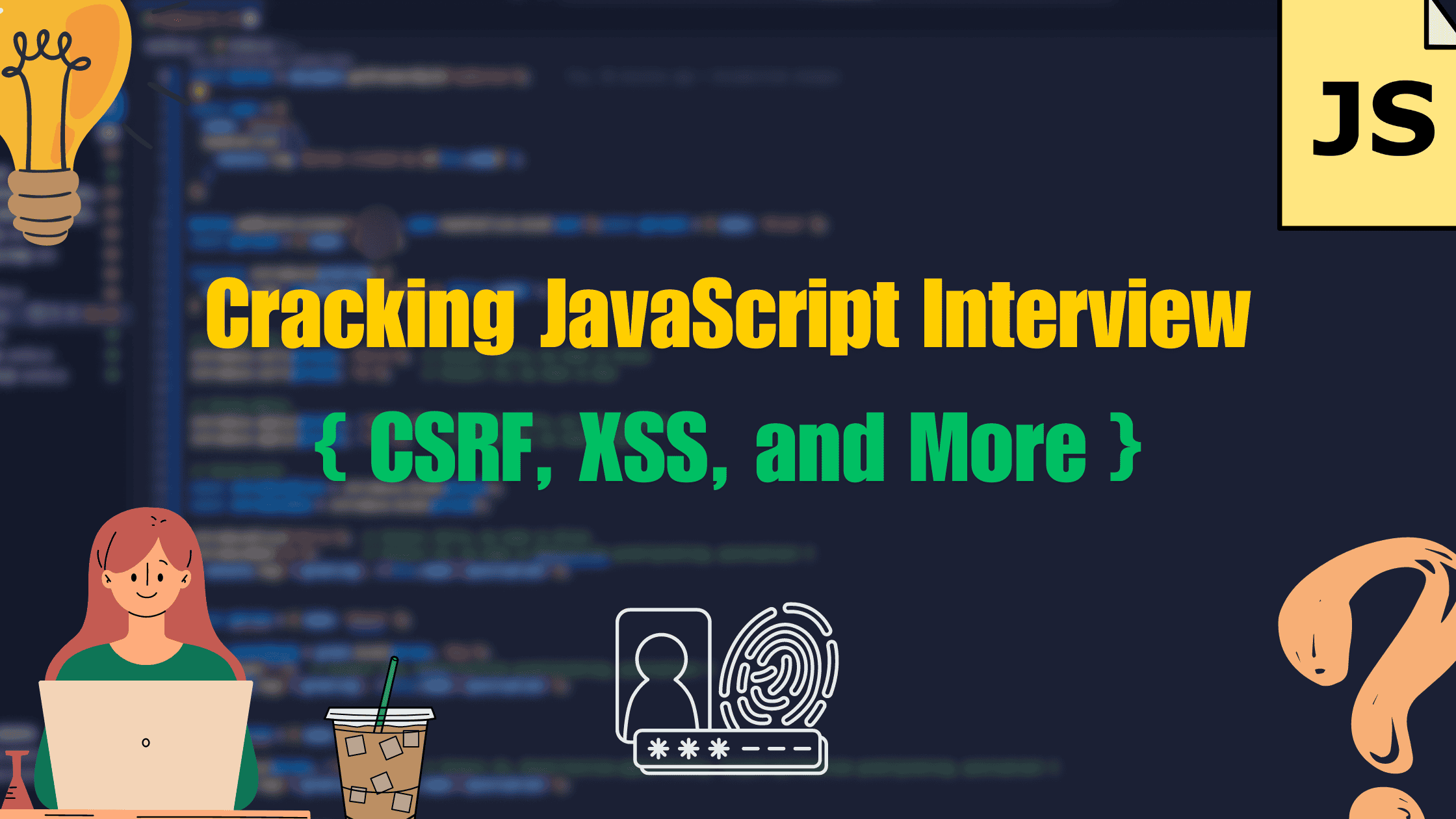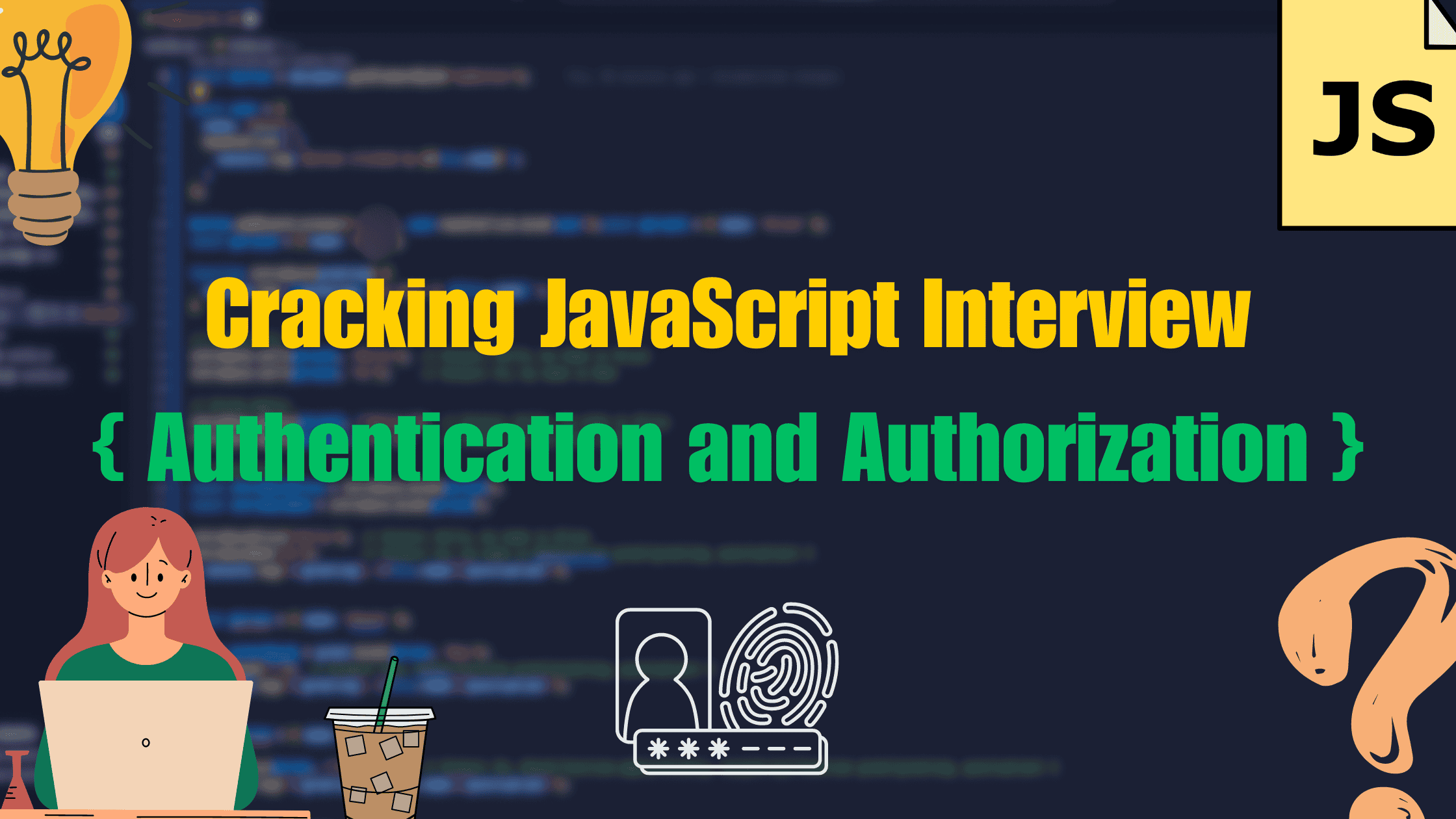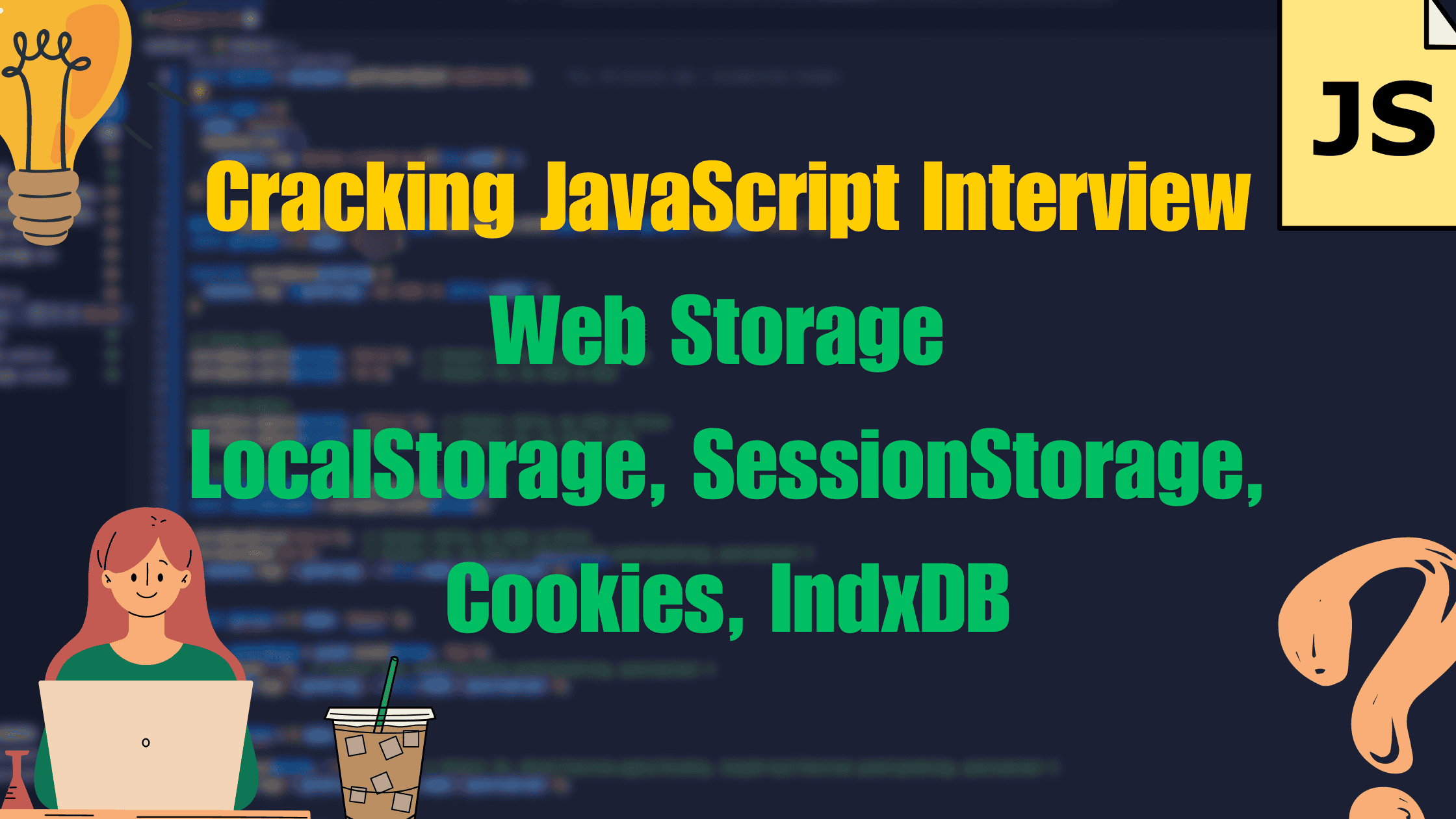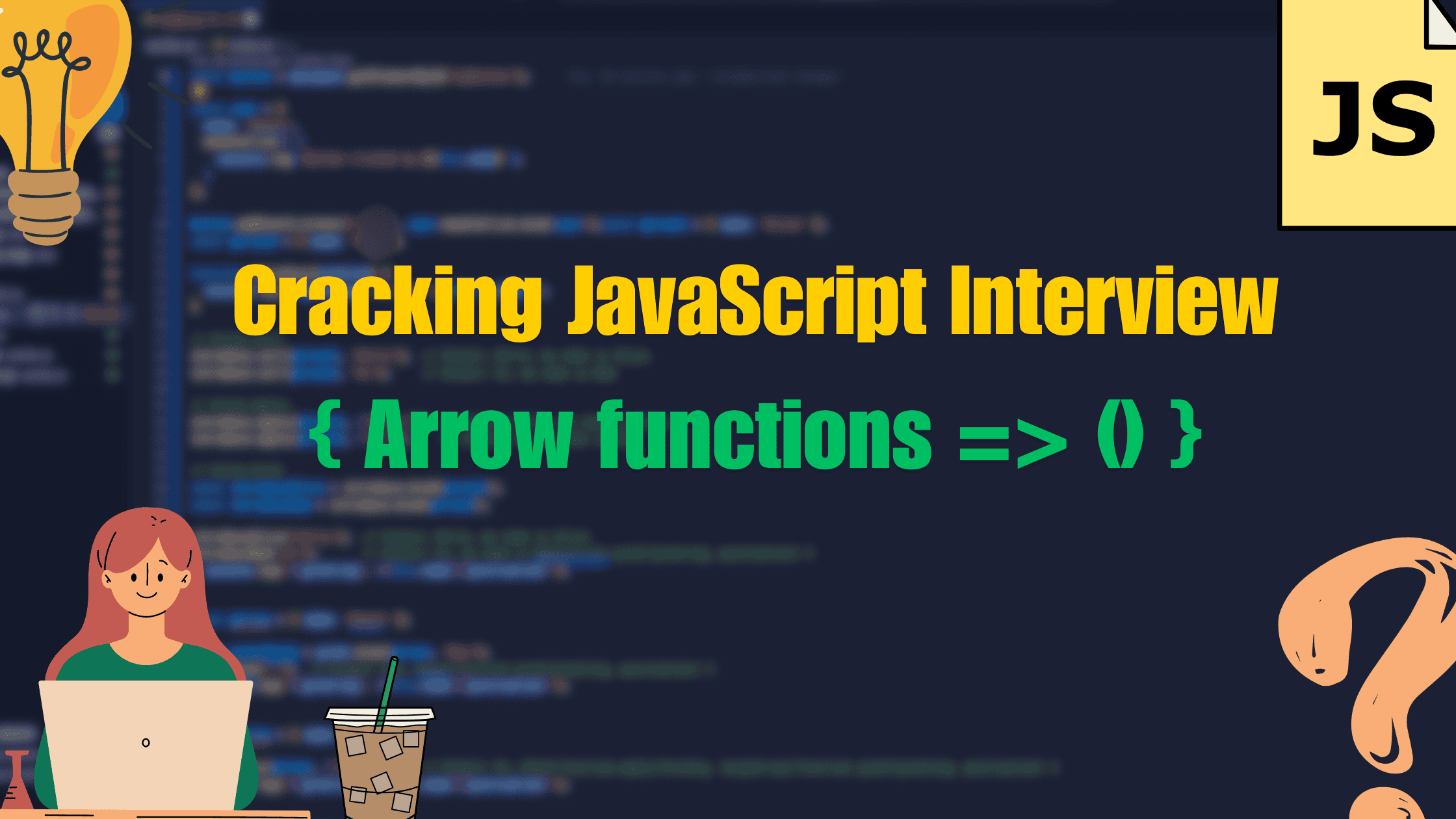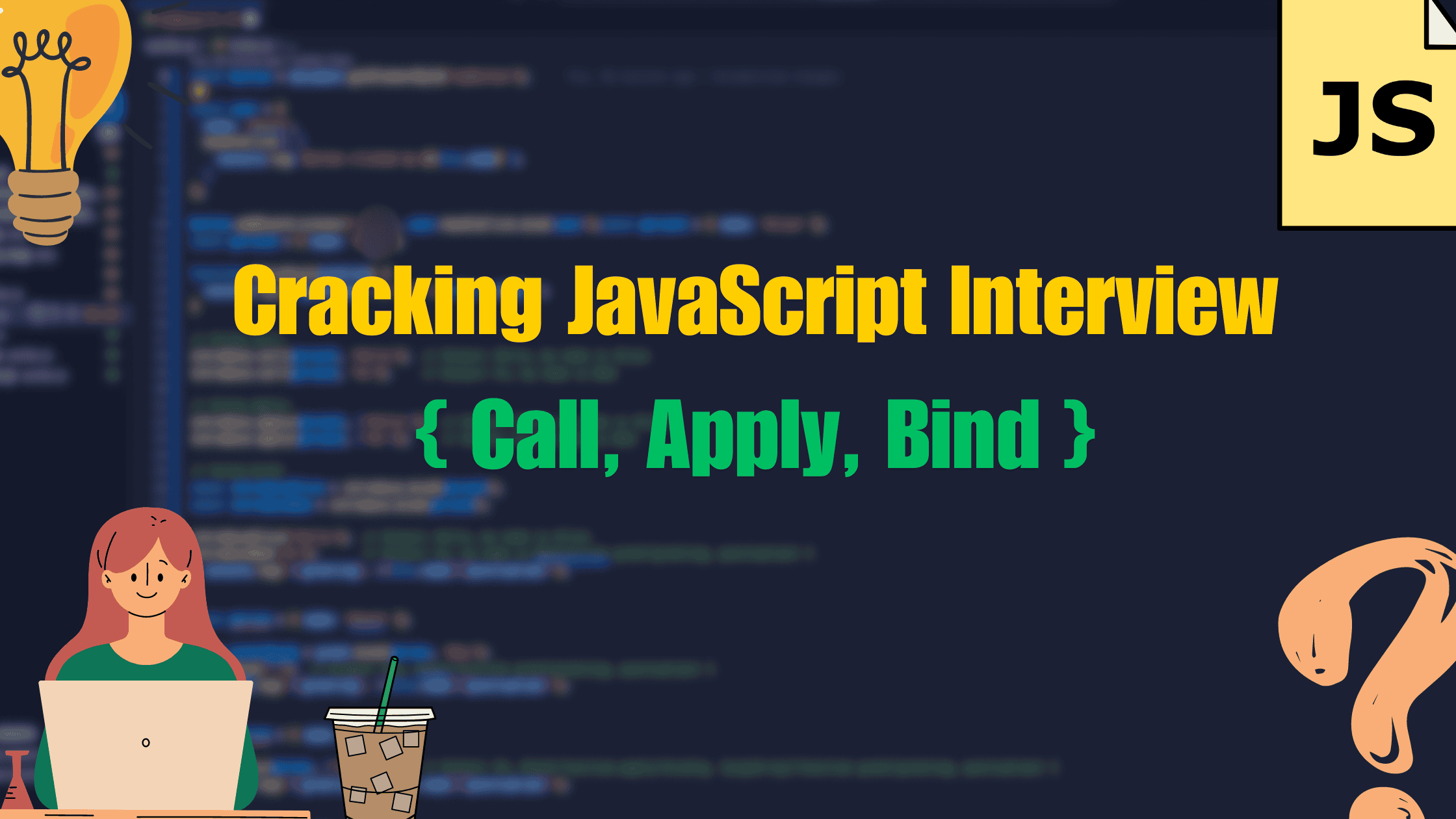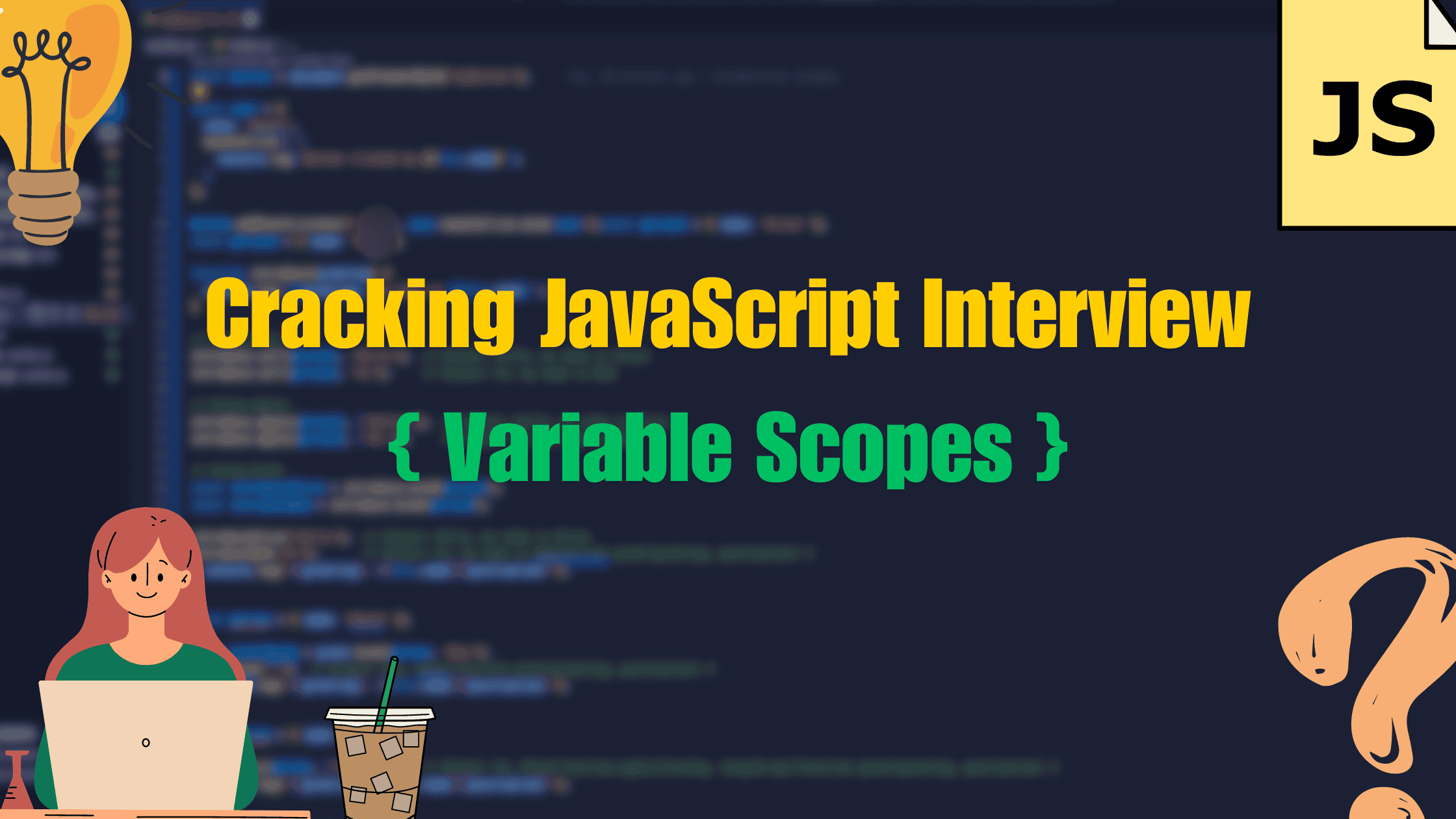Understanding JavaScript Closures: A Comprehensive Guide
Closures are one of the most powerful and frequently discussed concepts in JavaScript. They form the basis of functional programming and allow developers to write more efficient and concise code. However, closures can often be confusing, especially for beginners. This blog will break down closures in detail, using code examples, block diagrams, and explanations, along with interview questions and answers.
